|
In recent years, the practice of stretching has had a real PR problem and received a lot of negative press. Mostly because evidence is piling up that suggests stretching isn't as helpful for athletic performance and recovery as we used to think. That’s a whole controversy-filled topic we’ll save for another day. But regardless of whether stretching helps athletes win medals and break records there are loads of wonderful, health-enhancing (non-sports-related) reasons to stretch. Every cat, dog and human in the world wakes up in the morning and does it. It's not just a morning ritual, it’s also a fantastic way to boost your overall well-being. Whether you're a yoga enthusiast, a person that sits too much, or just someone looking for a gentle way to improve your health and feel better in your body, stretching has got your back (and your hamstrings, and your heart too!). Here are 6 great reasons to love stretching: 1) Flexibility As you age, maintaining mobility is crucial for independent living. When you’re in your golden years, you still wanna be able to cut your own toenails, reach up to change your light bulbs and do up your own damn bra, right? Flexibility is important. Your MOBILITY is your ABILITY to do life on your own terms and live independently. Limited ranges of motion can impair your ability to perform the most basic everyday tasks. Stretching isn’t just about touching your toes, it’s about maintaining your independence as you age. When it comes to your flexibility, it’s a ‘use it or lose it’ situation. Stretching can help keep you limber. 2) Heart Health When you think about the best exercises for heart, you probably think about cardio – like running, cycling and HIIT. But researchers are taking a closer look at how stretching and mobility play into decreasing your risk of cardiovascular disease, and they’re discovering that stretching helps. A lot. In the same way that our joints become stiffer and more inflexible with age, so do our blood vessels. Arterial stiffening is a part of aging that increases the workload for our hearts and increases the risk of cardiovascular issues. We’ve long known that cardiovascular exercise can help keep blood vessels supple and reduce heart rate and blood pressure, and current research has found that stretching does too! Stretching helps keep your ticker running in tip top shape. A regular stretching practice can give you rewards that go way beyond improving flexibility. 3) Pain Relief
Stretching is like popping a natural pain killer. When you stretch, your brain floods your body with a slew of feel-good biochemicals like endorphins and cannabinoids, that reduce pain sensitivity, making those twinges and tight spots feel a little less bothersome. Plus, regular stretching can boost your pain tolerance and improve your coping mechanisms for dealing with discomfort. There’s a really cool study that compares pain tolerance in seasoned yoga practitioners to people with no yoga experience. It discovered that yoga practitioners’ pain tolerance was double or more to that of non-yoga people. Why? Yoga practice seems to beef up a part of the brain called the insula that is responsible for processing bodily sensations. Adding density is in this part of the brain allows yogis to relate to and cope with pain better. Cool, cool, cool! 4) Relaxation Feeling stressed? Take a stretch break. A good stretch sesh triggers your body’s relaxation response, reducing muscle tension, boosting blissful endorphins, improving blood flow, enhancing mindfulness and lowering cortisol levels. Stretching engages your body’s natural relaxation pathways, creating an overall feeling of well-being and contentment. Like giving yourself a mini spa day, minus the hefty price tag. So, kick back, relax and unwind your muscles and mind. 5) Mind-Body Connection Stretching isn’t just about touching your toes (although that’s pretty cool). It’s about tuning in to your body and developing a deeper sense of self-awareness. By focusing on the sensations and movements of your body during stretching, you become more attuned to the present moment, and to changing status of your inner world. You can recognize the relationships between mental states and physical sensations. Your ability to be aware of and identify different kinds of bodily sensations translates into your ability to notice feelings like stress, anxiety or tension, and take steps to deal with them in the early stages and restore your body’s delicate balance. Stretching can help ground you in the present moment and become more self-aware, resilient and to find more harmony between mind and body. 6) Feels Good And that’s reason enough to stretch. You should do things that feel good and are good for you. But why does stretching feel so good? When you stretch you release muscle tension, stimulate blood flow, and send happy hormones coursing through your veins. So there you have it, folks: 6 fantastic reasons to fall head over heels for stretching. And guess what? The benefits don’t stop there. Exciting new research is popping up all the time, revealing even more ways that stretching can supercharge your health and happiness. So, roll out your yoga mat, grab your foam roller and enjoy a good stretch.
2 Comments
As the confetti settles and the New Year unfolds, the air is charged with the energy of change. I know not everyone is into making New Year's resolutions - but I say anytime is a good time to make positive changes. Opening up a fresh, empty day planner for the year is like standing in front of a blank canvas, inviting us all to ponder how we want to shape our future. It’s an opportunity to create meaningful change. Let's take it!
'EXERCISE MORE' is one of the most popular New Year’s resolutions. As a yoga and fitness teacher I’ve seen class sizes balloon each January only to deflate by March year after year after year - like clockwork. People kick off the new year with the best of intentions, but enthusiasm fizzles within a few weeks. Why does that happen? Well, a lot of that initial excitement stems from guilt about holiday indulgences and a desire to shed the extra pounds. According to Health Psychologist, Kelly McGonigal, PhD, that’s not the kind of motivation that fuels lasting change. What you need to succeed is intrinsic motivation. The trick to creating an exercise resolution that sticks is to dig deeeeeeeep into WHY you want more exercise in your life. Here are 4 tips to help you get it down this year: 1. Understand Your Motivation – Intrinsic vs Extrinsic When you’re intrinsically motivated, you do something because it feels genuinely satisfying and fulfilling. It’s about the joy you get from exercise itself, not external rewards. Scenario: You choose to incorporate regular exercise into your routine as a New Year’s resolution. Intrinsic Motivation: You’re in it because you want to feel strong, healthy, energized and vital. The sheer joy of movement and its positive impact on your well-being are what keep you going. You might feel a burst of energy after your very first workout, giving you the motivation to stick with it. Movement is its own reward. Extrinsic Motivation: On the flip side, wanting to achieve a specific weight or fit into a specific pant size is what's driving you. Your satisfaction will come from reaching some external goal, not from the act of moving itself. The results you want to see may take awhile. This can lead to frustration and a lack of motivation. In the long run, the intrinsically motivated person is more likely to stick with their resolution because they genuinely enjoy the activity and value its immediate positive impact on their well-being. Setting goals is great, but it’s even more crucial to align your behaviours with your values. Commit to what you really value most ... feeling good, energized, healthy, and vital. 2. Know Your WHY Delve into the motivations behind your resolution. Exercise isn’t just about shedding pounds; it’s a freaking treasure trove of benefits for your physical, mental and emotional well-being. Check out my blog on the Miraculous Healing Power of Muscles for some awesome motivation. Movement is a natural mood booster that fights stress, anxiety and depression. It improves cognitive function and brain structure. On the surface of things, you may want to shed pounds or alter your appearance in some way, but if you dig deeper, what you're likely to discover is that what you really want is to feel good in your body and mind. Let that be your motivation. You can have those results immediately after your first walk, yoga session or dance class. If you resolve to do things that help you feel good in your body and mind, you can be flexible with HOW you achieve that. If it turns out the gym's not a good fit for you, no problem! You’re free to explore other options like a local yoga studio, running group, pickleball club or ballroom dance class. You'll know when you've found the movement practice that's right for you because it'll light you up and you'll want to return to it again and again. Now you've found your intrinsic motivation! 3. Be Compassionate with Setbacks Change is hard. Especially big changes. If you’re planning a big change for the new year, have a realistic vision of what that process actually looks like, and give yourself grace. Change isn't linear; it involves backsliding, obstacles and mistakes. So, expect those. You don’t necessarily change at the moment you vow to make a change. Lasting change requires forming new habits and new habits take time to form. Any meaningful change is probably going to include the day you feel like giving up and the day you don't get your planned workout in because you just plain don't feel like it. That's normal. Remember this: no one day defines the story of you as a human forever. You can always workout tomorow or next week and carry on from there. Sometimes unexpected life events happen – be prepared for that, and be compassionate with yourself when it happens. Getting derailed doesn’t mean you’re not capable of living the life you aspire to live. You can always get back on track. 4. Practice Mindful Self-Reflection Mindfulness is your BFF on the journey of self-discovery and change. Daily self-reflection is a powerful tool to help you assess whether the exercise behaviours you've chosen to change are moving the needle in the right direction. Try and enjoy the process of growth instead of fixating on end goals. As you step into the new year, let it be a mindful exploration of your self and your values, and enjoy the process of creating meaningful change in your life. Embrace the journey. Be compassionate with setbacks, and remember that each day is a new opportunity to move the story of change in your chosen direction. Here’s to a year filled with mindful movement! Additional Reading and Resources The Joy of Movement and The Willpower Instinct by Kelly McGonigal, PhD I’ve been fielding lots of questions about breathing lately – specifically about the differences between the way we breathe in yoga vs pilates, and why. Pilates and Yoga are two deeply loved practices that approach breathing in different ways. As we explore WHY this is, it will help to keep in mind that the goals of yoga and pilates are very different. PILATES is renowned for its transformative impact on strength, flexibility and posture, pairing precise movements with thoracic (rib cage) breathing. YOGA is an ancient practice that includes a mind-boggling array of pranayama techniques (breath-centered practices) that serve to nurture mental clarity, spiritual connection and meditative states. It’s also helpful to keep in mind that both pilates and yoga offer more than one way to breathe. So when we talk about ‘pilates breathing’ or ‘yoga breathing’ as if there’s just one way to do each, it’s a massive oversimplification. But to keep this conversation manageable, we’re going to compare breathing in yoga vs pilates in terms of which area of the torso you breathe into and why. BREATHING 'CORRECTLY'. WHAT DOES THAT MEAN? Your pilates teacher tells you to breathe into your ribcage and your yoga teacher tells you to breathe into your belly. And they both tell you their way is the 'correct' way to breathe. Who should you believe? Consider that one of the major aims of pilates is for you to strengthen and stabilize your core and the aim of yoga is to quiet and calm your mind. The breath your teacher is telling you to use is likely the correct breath for that particular aim in that particular moment … but not for every situation for the rest of time. To understand this better, let’s look at the idea of ‘Zones of Respiration’, a concept I learned from my Yoga Tune Up® teacher, Jill Miller. When you breathe into different regions of your torso, it has different effects on your muscles, your physiology and your nervous system. Understanding this concept can help you determine which breath is the 'correct' breath for any situation. This graphic illustrates the what happens to your mental state when you breathe into different parts of your torso. Let's break this down in a little more detail. CLAVICULAR BREATHING This isn’t a breathing style that people generally use on purpose. It’s some that happens to you when you feel threatened, stressed or panicked. Though you can breathe this way on purpose and induce a state of panic or anxiety, but why would you want to do that!? Clavicular breathing under-utilizes the muscles designed for respiration (like your diaphragm and intercostals) and over-uses neck and shoulder muscles. It’s also just a very inefficient way to breathe. Consider the clavicular zone of respiration a NO GO zone. If you’re a habitual clavicular breather, this is something you should address. THORACIC BREATHING Also frequently referred to as ribcage or chest breathing. Pilates and yoga both encourage breathing in the Thoracic Zone. When you breathe into the ribcage, it can be helpful to picture your ribs moving like an umbrella opening and closing. On inhalation, all sides lift and spread away from your midline (umbrella opening) and all sides of the rib cage draw in and down on exhalation (like an umbrella closing). Additionally, breathing this way:
In the context of Pilates, thoracic breathing makes a lot of sense. If you engage your abdominal muscles, which Pilates asks you to do throughout the practice, you can't really belly breathe. In order to belly breathe, your abdominal muscles need to be soft & relaxed so they can swell as you inhale. Try to engage your abdominals and swell your belly at the same time. You can't do it! Yoga also incorporates a style of thoracic breathing called Ujjayi (Victorious breath) during vigorous styles of yoga, like Ashtanga and Vinyasa Flow. These practices take you through lots of planks, chaturangas, step-throughs and jump-throughs for which you absolutely need your ab muscles engaged. Turning your abdominal muscles OFF so you can belly breathe doesn't make sense in a physical practice centered around strength and stability. Here’s a fabulous thoracic breathing tutorial with Pilates teacher, Amy Havens Here's an Ujjayi breathing tutorial with Ashtanga Yoga teacher, Kino McGregor 3 More Benefits of Breathing Thoracically in Pilates and Yoga
ABDOMINAL BREATHING Also known as belly breathing. This form of breathing is often used in yogic relaxation practices. Part of relaxation is relaxing your abdominals, and when the abs are relaxed they can swell on inhalation. This style of breath:
Deep, intentional breathing is instructed in yoga because it calms and soothes the nervous system and prepares the mind for meditative states. Here’s a video that guides you through belly breathing ABDOMINAL-THORACIC BREATHING There are lots of variations on Abdominal-Thoracic breathing in the yoga tradition. They combine the energizing effect of thoracic breathing with the relaxing effect of abdominal breathing, to leave you feeling calm, but alert. Here’s my teacher, Jill Miller, instructing Abdominal-Thoracic breathing And here's another variation on this breath called Dirgha Pranayama, taught by Kripalu Yoga teacher, Larissa Hall Carlson BREATHING CORRECTLY, YOGA VS PILATES
So, what's the 'correct' way to breathe? It depends on what your goal is! Pilates and Yoga both offer valuable insights into the art of breathing. Rather than searching for a single ‘right’ way to breathe, we can acknowledge that each practice offers a unique set of tools that achieve distinct effects on the body and mind. The ‘correct’ breathing technique is the one that aligns with your goals, intentions and preferences. Why not embrace the complete buffet of breathing styles? Use the breathing practices that guide you towards harmony and balance. |
Authormindbalm, is a sanctuary for ideas that both soothe and stimulate. I delve into the rich traditions of yoga philosophy and the latest insights from movement science to bring you content that nurtures your soul and challenges your mind. Whether you're seeking inner peace or looking to expand your understanding of the body-mind connection, mindbalm offers thoughtful articles, practical tips, and inspiring reflections to help you on your journey. Join us as we explore the interplay of stillness and motion, the harmony of body and mind, and the path to true well-being. Archives
July 2024
Categories |
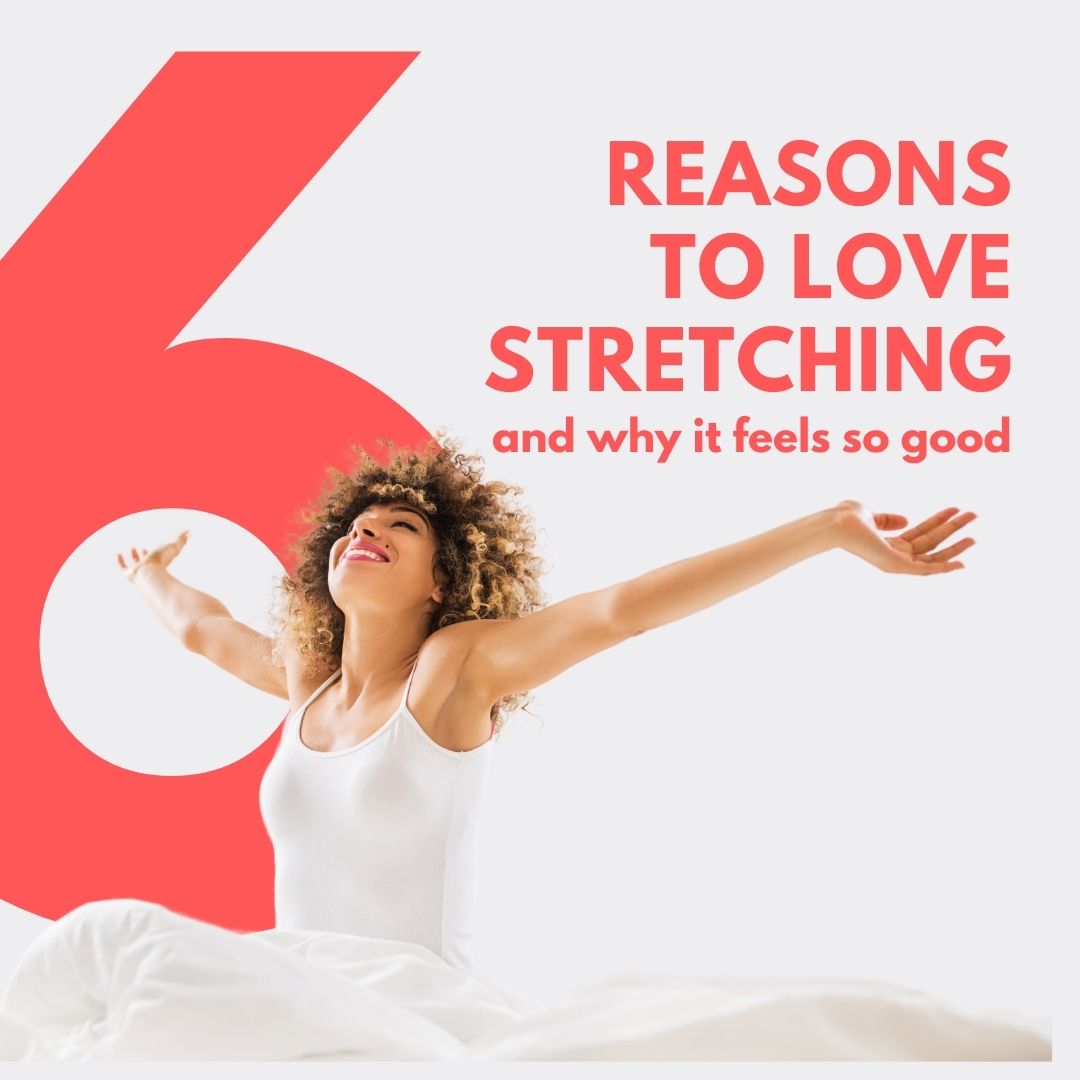
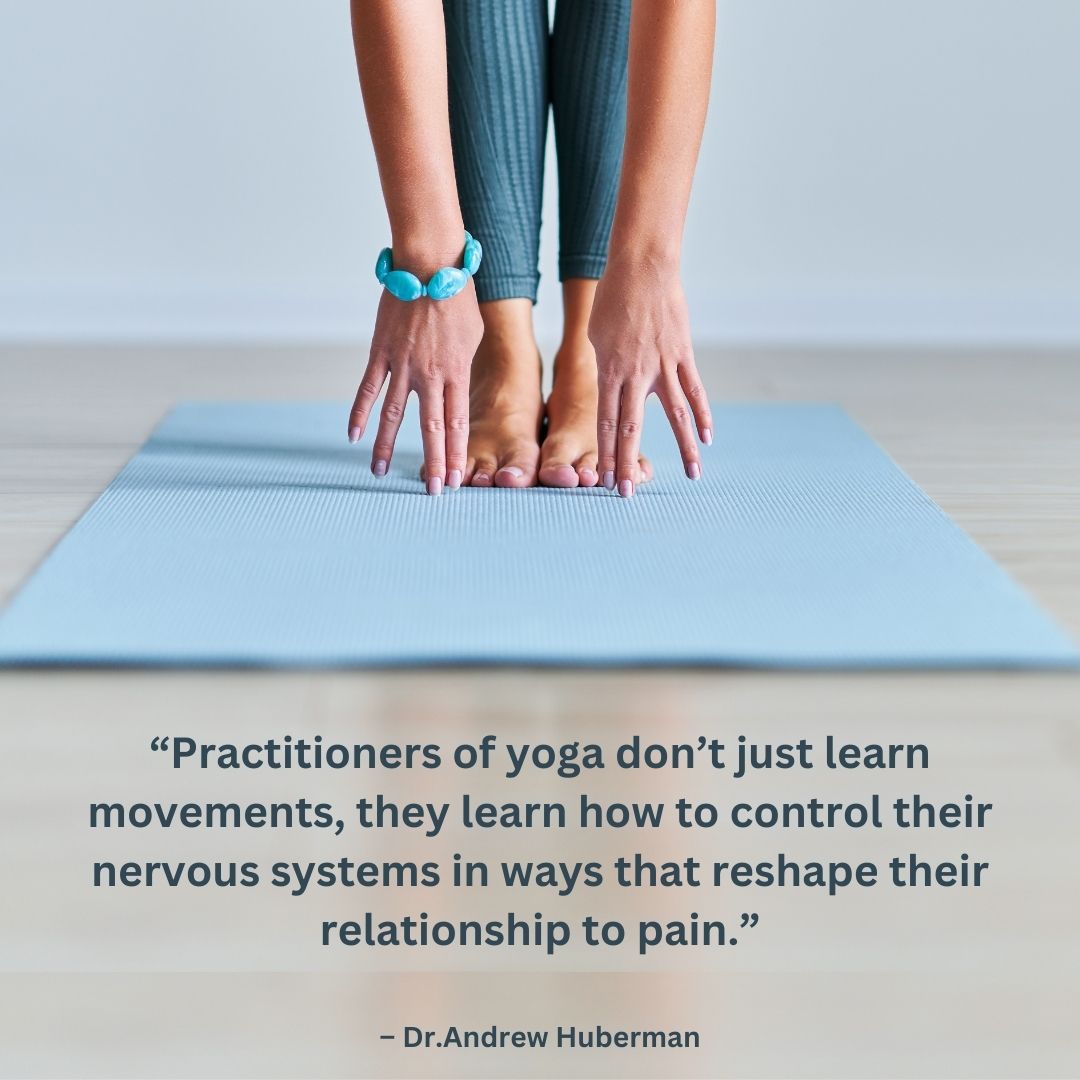
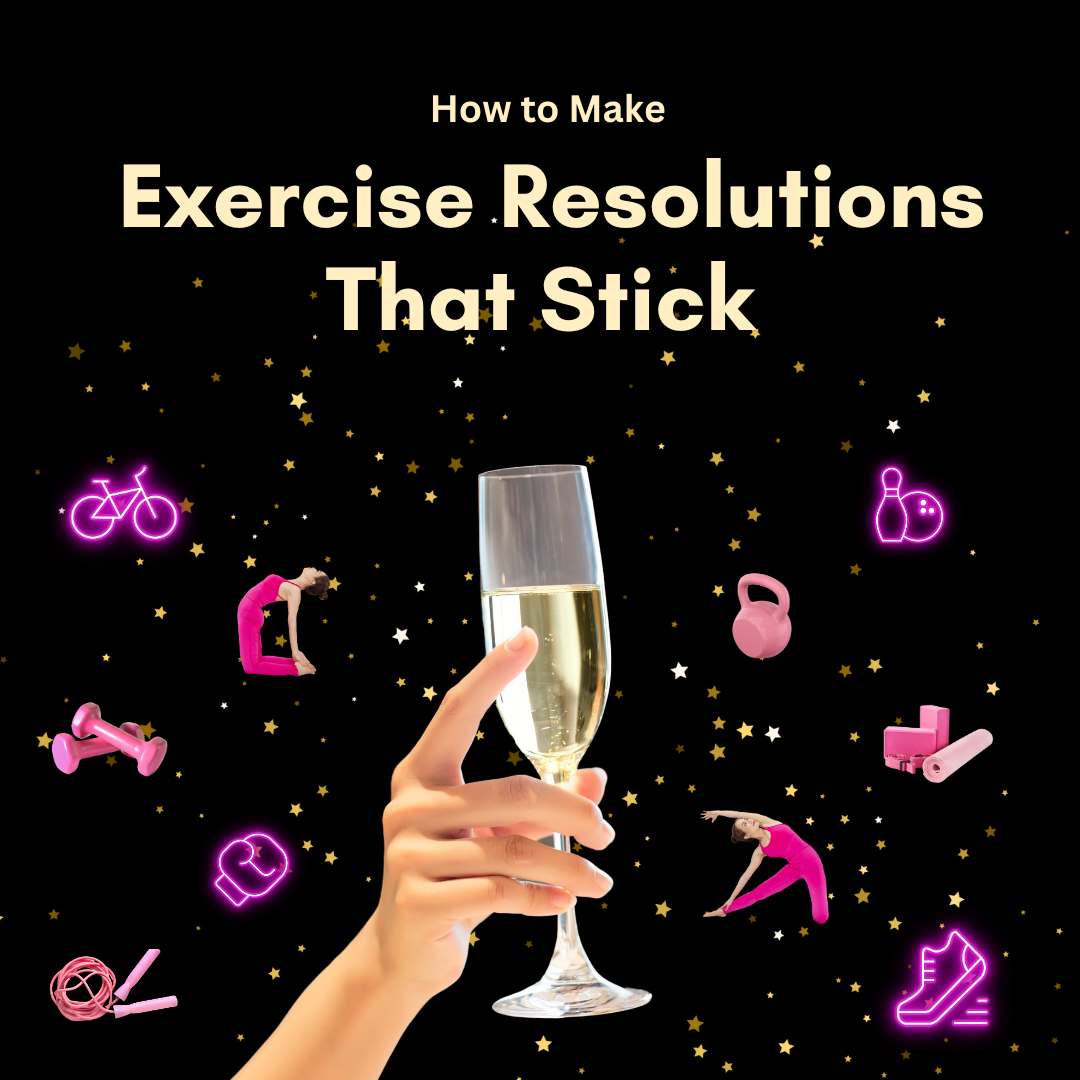
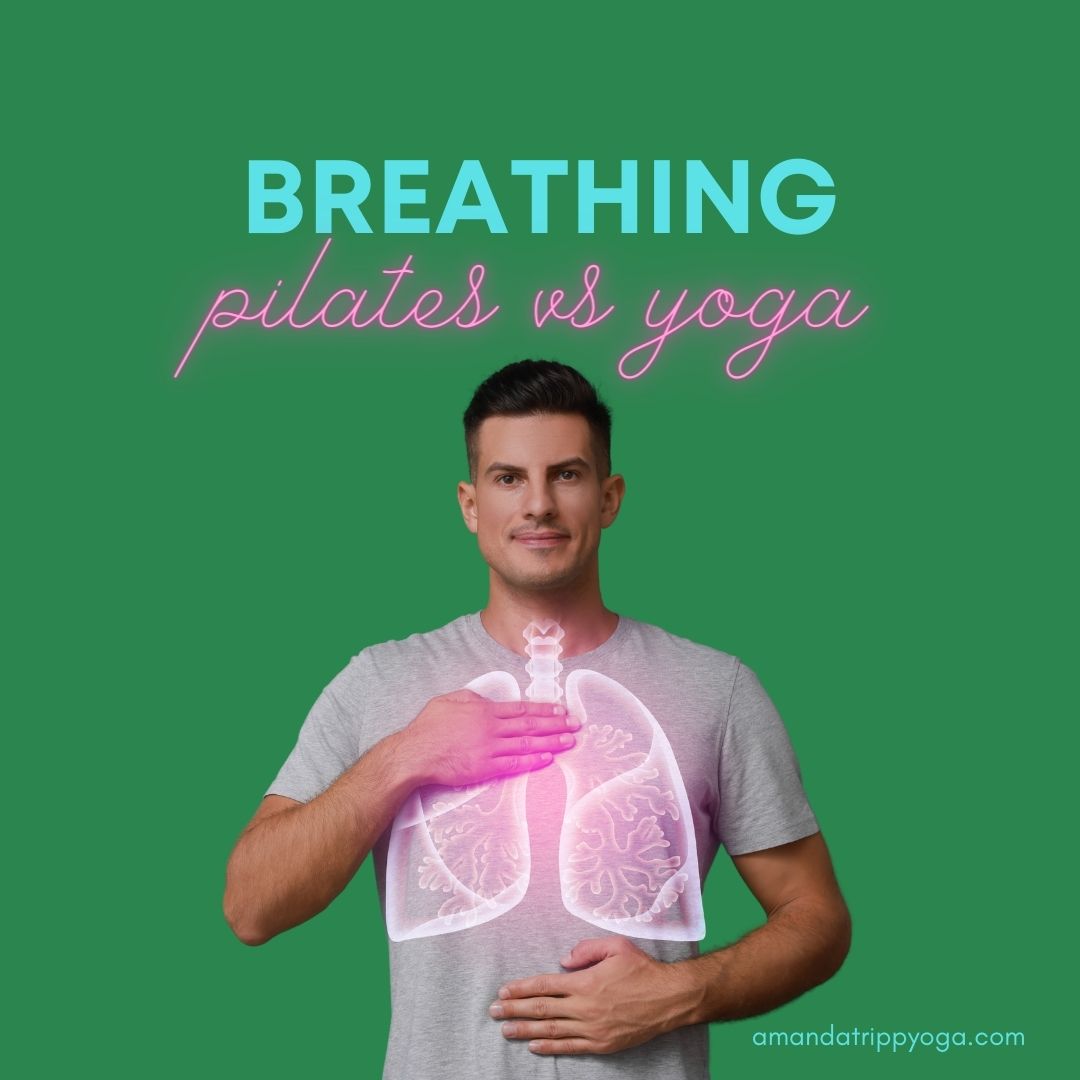
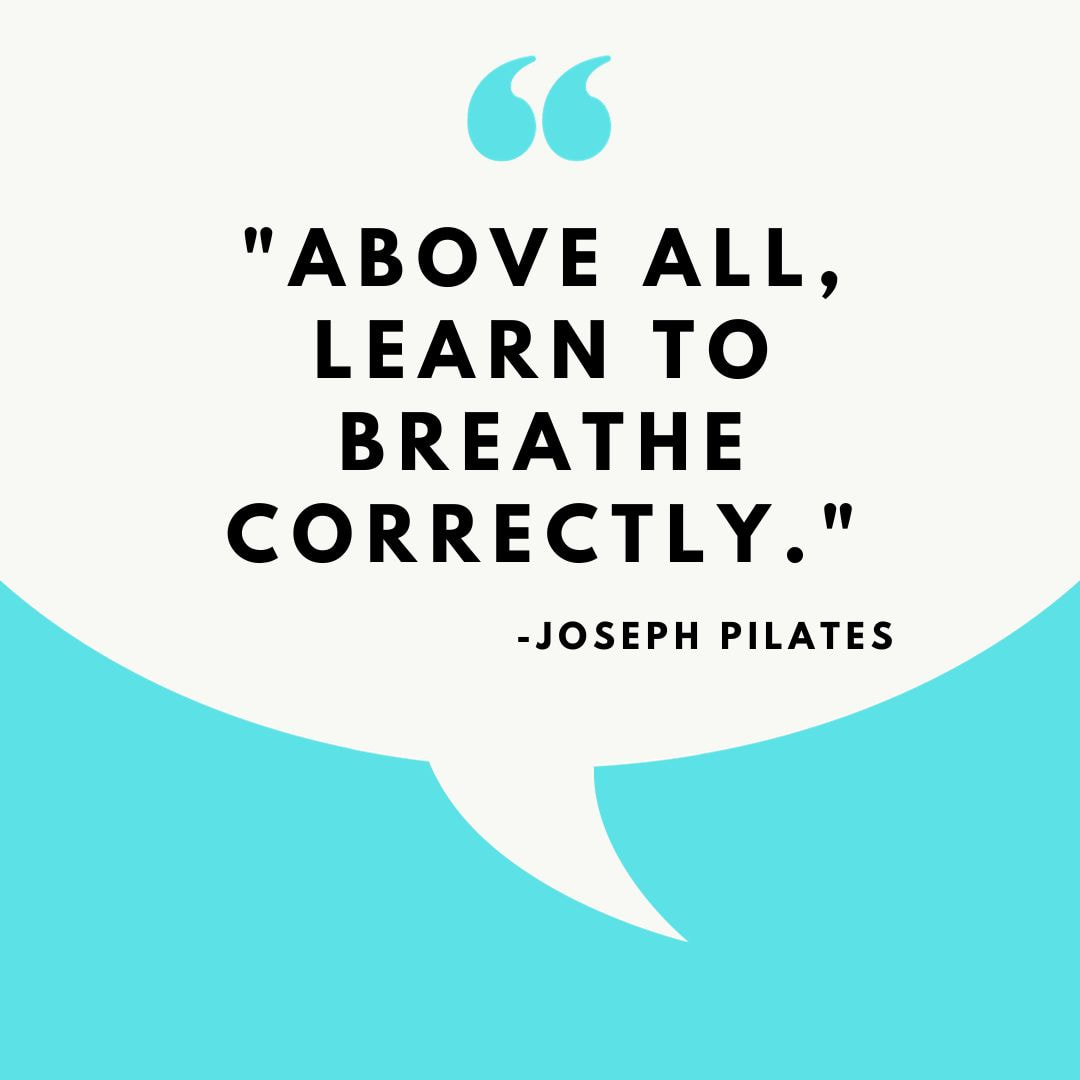
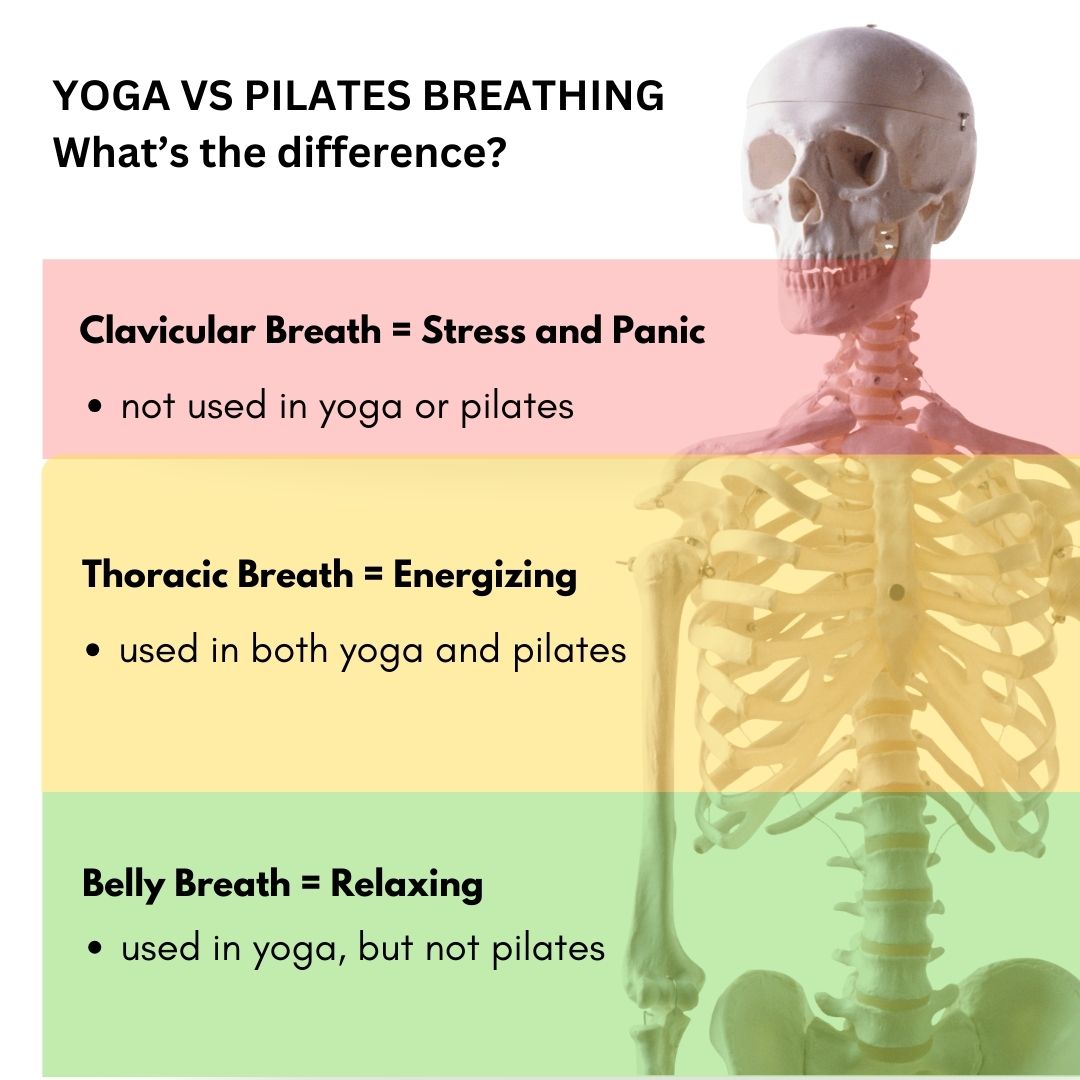
 RSS Feed
RSS Feed
